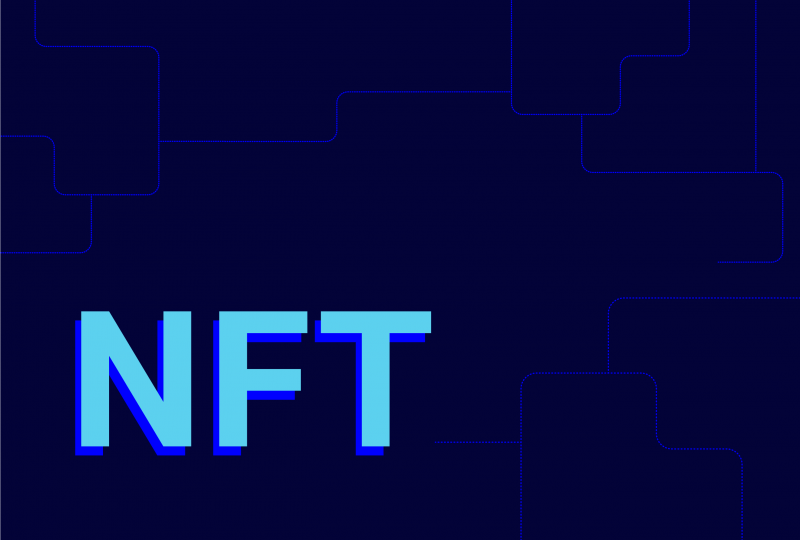The Economics of Horse Racing: A Deep Dive Into the Financial World of the Sport
Dec 18, 2024

Horse racing is one of the most expensive sports in the world, and a sport that is synonymous with wealth. Everywhere you look, whether it is the horses, the trainers, the organization, or even the spectators that are attending these events screams ‘money’.
So, analyzing the sport’s economics is quite interesting, right?
After all, have you seen the prize purses at some of the most popular events around the world? They go as high as $30 million, which is shocking for a sporting event.
But where is this money coming from, how is horse racing profitable as a sport, and how does the economy inside the sport really work?
That’s why we are here to find out. We will dive into everything! From multi-million-dollar races to betting slips worth a fortune.
Where’s the Money in Horse Racing?
We are talking about a $400 billion-dollar industry that is projected to reach $800 billion by 2030. That’s a lot of money! But where is all this money coming from?
Well, the majority of the money circulating in the sport comes from betting alone, or around $140 billion. The global horse racing market grows every year, and it is driven by increased online betting and the never-ending appeal of live racecourse experiences.
But before you run towards making a bet, make sure you learn how to read odds at TwinSpires. Remember, it’s not all about betting, it’s also about winning some money.
On top of that, with modern technology such as the internet, smartphones, and cryptocurrencies, horse racing betting has become more available than ever before. So, this means that the industry will continue to grow as new money starts to flow in.
But of course, it’s not only from betting. We have a multi-billion-dollar breeding industry, we also have venues, actual horses, veterinarians, gear, transport, and so on.
So, the value of the horse racing industry is huge, and it is only going to grow bigger in the future, especially when horse racing enthusiasts like you and me can buy fractional shares from real-world horses.
Races That Make It Rain
Since we are talking about a sport that is associated with money, it takes a lot of money to inspire some of the fastest horses and racehorse owners to appear in a single event. Why?
Well, buying a horse from a good bloodline is quite expensive. So, if a racehorse owner spent $200,000 on a racehorse, and a lot more on care and training, you cannot expect it to appear at an event where the prize purse is $20,000.
That’s why we have premium world-class events with eye-watering prize purses, ranging from $20 million at the Saudi Cup, $12 million at the Dubai World Cup for a single race, or $30.5 in total, The Everest $15 million, $34 million across all Breeders’ Cup races, $5 million at the Kentucky Derby and many more high-end racing events.
Betting – The Lifeblood of the Sport
With that said, I don’t think horse racing would be possible without betting. That’s why we are seeing the sport slowly die in regions where there are new regulations limiting horse racing betting activities.
After all, the whole point of watching a race is to make a bet. Yes, it is exciting to see the horses run, but these events are usually last minute, which means that the satisfaction will be much bigger from other sports like football or basketball.
Fortunately, horse racing betting is available in most parts of the world, and those that were limited now have the option to use technology like crypto to bypass geo-restrictions.
Where Does All This Money Go?
The cash flow in horse racing isn’t just prize money and bets. There’s a lot more in the mix:
- Stud Fees – Champion stallions can command over $100,000 per mating session (and they don’t even need to buy dinner first).
- Sponsorships – Big brands like Longines and Emirates throw millions into sponsoring events.
- Ticket Sales & Hospitality – A day at the races isn’t cheap. Premium boxes at the Royal Ascot can cost up to £15,000.
The Cost of Owning a Racehorse
You might be wondering, “Hey, should I invest in a racehorse?” Well, hold your horses (literally). The cost breakdown might give you second thoughts:
- Buying the Horse: A decent racehorse costs anywhere from $20,000 to $100,000. But a top-tier Thoroughbred? Try $1 million or more.
- Training Costs: Expect to shell out between $30,000 to $60,000 annually for training fees.
- Vet Bills: Horses are prone to injuries. Vet bills can easily hit $10,000 or more per year.
Suddenly, that stock portfolio seems less stressful, right?
Economic Impact on Communities
Horse racing isn’t just a rich person’s hobby; it supports entire communities. In the US alone, the industry sustains over 240,000 jobs, from jockeys and trainers to stable hands and track maintenance crews. Events like the Melbourne Cup or Cheltenham Festival bring in millions of dollars to local economies through tourism, hospitality, and retail.
Is the Future of Horse Racing Digital?
In a word: yes. Digital betting platforms, mobile apps, and virtual horse racing are rapidly reshaping the industry. The mobile betting market is expected to grow by over 10% annually, thanks to better tech and a younger generation of bettors who wouldn’t know a betting shop from a sandwich shop.
Tech advancements like blockchain are also entering the mix, providing transparency and security for betting transactions. Imagine placing a bet and knowing it’s recorded on a tamper-proof ledger—no more “oops, we lost your slip” nonsense.
Final Words
There is a reason why we call horse racing the Sport of Kings, and money is definitely part of it. It is quite a unique sport that doesn’t have any similarities with other mainstream sports, and it has survived for centuries.
The best thing is that the future of horse racing looks bright, and hopefully the younger generation will show just as much interest in the sport as people who made it all happen up until today.




